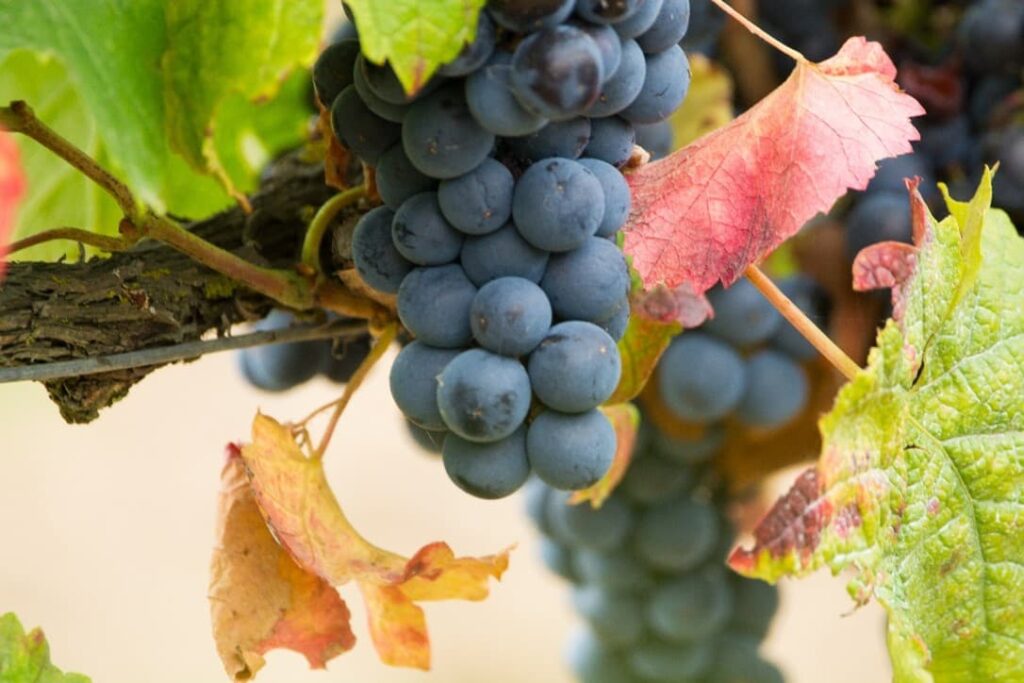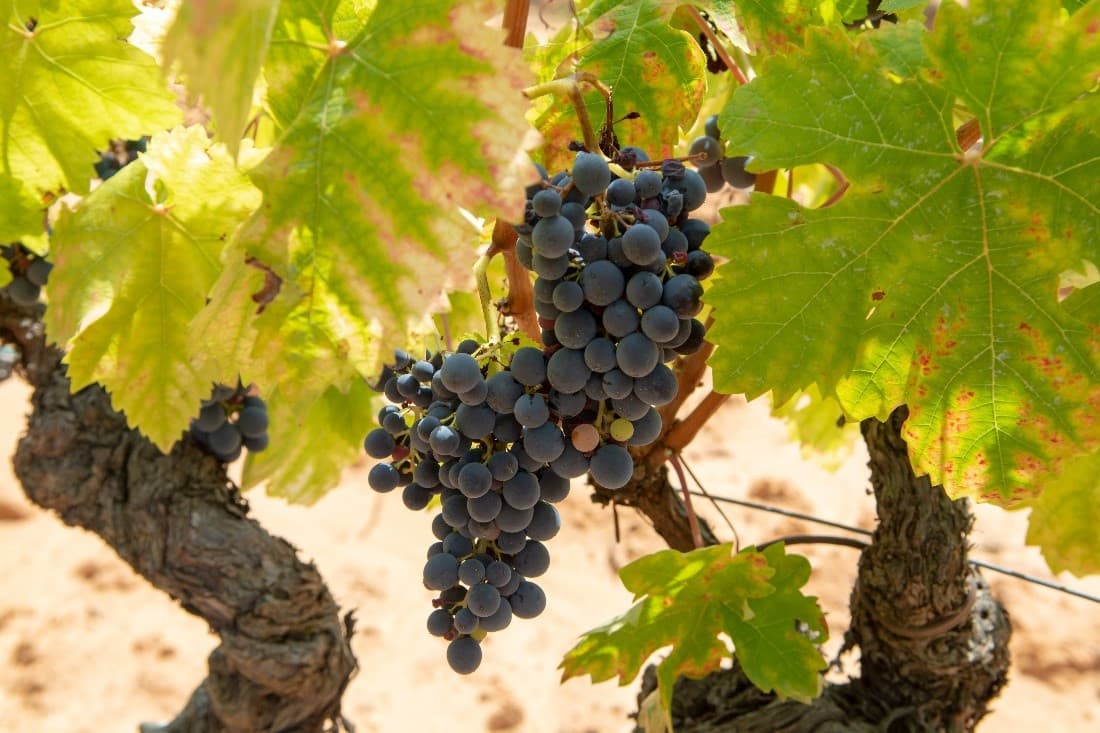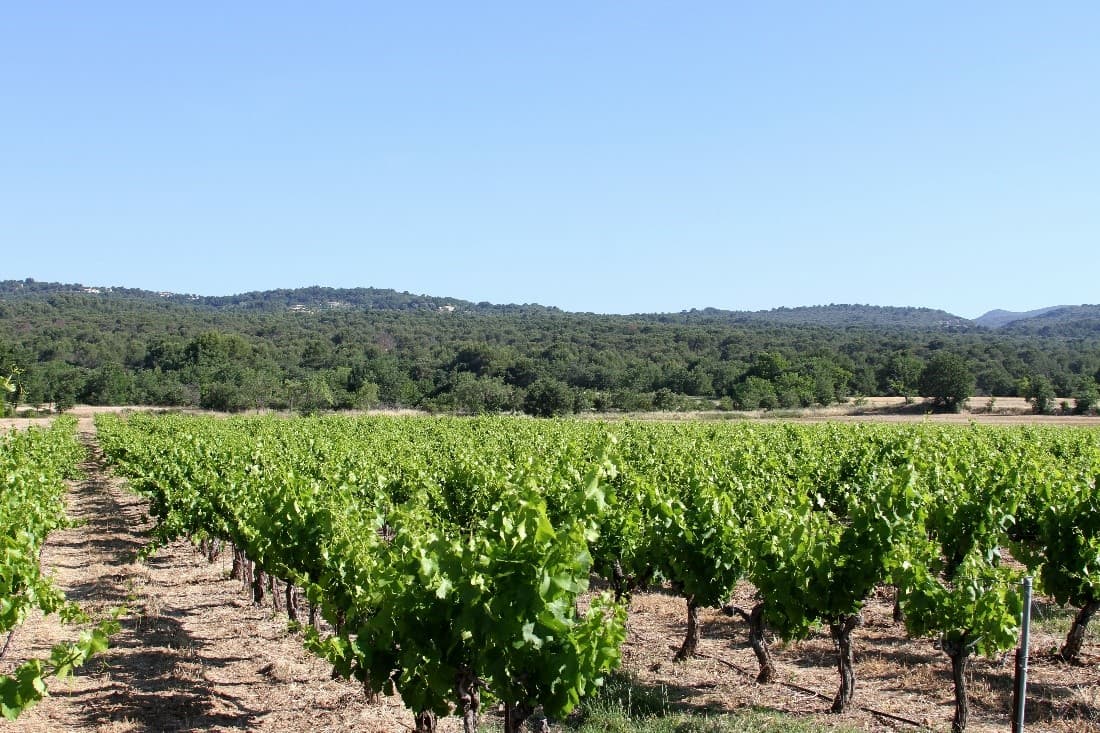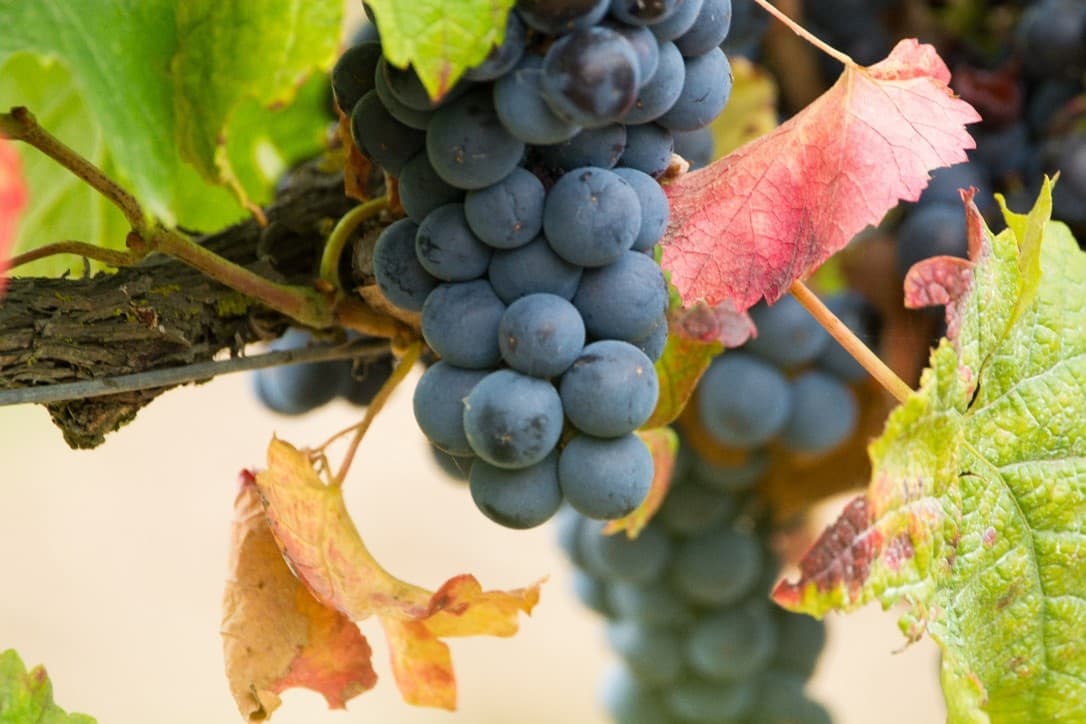
A guide to buying Cinsault wine | What should you consider when choosing red grape varieties?

A staple of southern France, Cinsault is a red wine grape that has been described as a ‘workhorse’ grape; meaning they are incredibly popular and are the “go-to wine” for many drinkers. Cinsault (or Cinsaut) is often blended with grapes, such as Grenache and Carignan. Although the red grape variety is classically found in Southern Rhône blends, Cinsault is also popular in Northern Africa, the Middle East and Australia, as it is tolerant to hoy dry climates.
This guide will highlight the different characteristics of Cinsault wines; analysing their origins, tasting notes, and different viticulture winemaking and techniques.
Click on a link to jump to that section:
What kind of wine is Cinsault?
For centuries, growers in the Languedoc-Roussillon, Provence, and southern Rhône have been exploiting Cinsault’s ability to tolerate extreme heat and drought. In Provence, the variety is generally used to make sun-kissed rosé, typically blended with Grenache and Mourvedre. Meanwhile, in the southern Rhône, Cinsault’s primary role is to add aromatic complexity to the potent wines of Châteauneuf-du-Pape and other appellations.

Some viticulturists believe that Cinsault was created by a random mutation in the Hérault region of Occitanie. Yet, other wine historians are certain that the variety is a Greek import. Today, Cinsault has a truly international reach: it is cultivated in South Africa, Australia, Chile, and California, in addition to the vineyards of Morocco, Algeria, and Tunisia.
The red wine it produces varies enormously, depending on vine age, terroir, and yield. A high-quality Cinsault wine offers a beguiling perfume of crushed red berry fruits, tea leaves, and garrigue. It is seldom powerfully structured, as Cinsault berries only contain moderate amounts of anthocyanins and tannin. Typically a light, brick red colour, Cinsault is a bright and floral red wine that is medium to light-bodied and with medium acidity.
Browse through our range of Cinsault wines here.
Cinsault by region
France
Cinsault is the fourth most planted grape variety in France today, most notably in both the Languedoc-Roussillon region and in southern Rhône. The grape seldom appears as a single-varietal style.

Most winemakers regard Cinsault as a blending grape, normally mixed in with Grenache, Syrah, and Mourvèdre. This is the predominant culture in the appellations of Minervois, Corbières, St-Chinian, and Pezenas in the Languedoc. A recent trend has been the appearance of mono-varietal Cinsault wines that were made under the auspices of the IGP frameworks.
Provence’s rosé industry is also reliant on the grape. Its generous yield and robust character are greatly appreciated by producers in the Côtes du Provence appellation. When blended with Grenache, Cinsault produces very fragrant rosé wine that often hints at the exotic, with notes of guava, lychee, and fennel.
Browse through our range of French wines here, or discover more about the wine regions in France here.
South Africa
Historically, the Cinsault grape was blended with Cabernet Sauvignon to offset the former’s occasionally rustic tannins; however, producers in Swartland are now championing Cinsault as a single varietal.
Swartland is home to some of South Africa’s most admired vineyards, particularly its collection of Cinsault and Syrah bush vines. Dry farming and cooling breezes straight off the Atlantic yield potent and fresh reds of remarkable depth.
Browse through our range of South African wines here.
Chile
The grape has been cultivated in Chile for over a hundred years, although Chile’s top winemakers have only recently taken it seriously. The best wines showcase bright fruit and spicy complexity, benefiting from maturation in barrique.
Browse through our Chilean red wine range here.
USA
California is privileged to have the oldest Cinsault vines in the world, planted in the region of Lodi in the Central Valley. Winemaker Randall Graham is a famous proponent of the variety in the Golden State; there is also a smattering of Cinsault grown in Texas and neighbouring Arizona.
The best wines are fruit-forward, fresh and supple, with aromas of red berries, damson, and garrigue.
Browse through our red wines from the USA here, or discover more about the wine regions in the USA at our Advice Centre.
Australia
Cinsault thrives in the hotter parts of Australia, particularly in Rutherglen and the Barossa Valley in South Australia. It also has a niche following in McLaren Vale on Adelaide’s southern outskirts.
The high-altitude sites of Blewitt Springs arguably produce the finest wines, where deep sandy soils over clay yield uncommonly powerful and structured Cinsault.
Browse our Australian wine range here, or discover more about Australian wine regions at our Advice Centre.
Cinsault viticulture & winemaking
Cinsault is a mercurial grape; running the whole gamut from nectar to dross. Low-yielding vines typically produce the best results. The grape’s dark-skinned berries grow into tightly packed clusters, although the skins contain relatively little colouring and phenolic compounds.
Like Pinot Noir, site selection is key to making premium wines from this grape. In addition to rigorous canopy management, poor soils can greatly assist in curtailing the plant’s natural vigour. Cinsault vines can also survive extensively with hydration, as shown by the grape’s widespread popularity in the Mediterranean and Middle East.

Approaches to winemaking can vary significantly. The best wineries in Provence have all the latest kit, which includes winemaking in stainless steel to produce delicious rosé. In Châteauneuf-du-Pape, the grapes are often subject to a relatively short maceration period, to ensure the fruit speaks for itself. Whole bunch fermentation and carbonic maceration are also implemented to create a very light and elegant grape expression.
If you are interested in reading more of our Buyer’s Guides, find out more information about other red grape varieties at our Advice Centre.
How do you choose a Cinsault wine?
Wine producers in Chile, the US, Australia, and South Africa market a growing volume of single-varietal Cinsault wines. These labels often boast a very attractive price-to-quality ratio as the style is relatively unknown. It is a grape that is usually approachable at a very young age; most Cinsault peaks within one to two years, due to the moderate amounts of tannin.
Cinsault red wines are best served at room temperature in a Bordeaux glass to allow the flavours and aromas to concentrate; decanting for at least 30 minutes is recommended to develop deep and complex flavours. Cinsault rosé wines are best served slightly chilled in a standard white wine glass.
If you want to buy Cinsault, browse our Cinsault wines.
Frequently asked questions
What is the difference between Cinsault
They are the same grape variety – both spellings are valid.
What food pairs well with Cinsault?
The lighter end of Cinsault works particularly well with a creamy cheese board, especially Brie and Camembert. Grilled meats, such as ribs and steak, are a safe standard with old vine Cinsault; roast beef for slightly stronger wines. Consider casseroles and confit de canard for those progressively richer and more aromatic wines. We recommend Cinsault wines from South African regions, such as Swartland.
Discover more about how to choose other red wines here.




